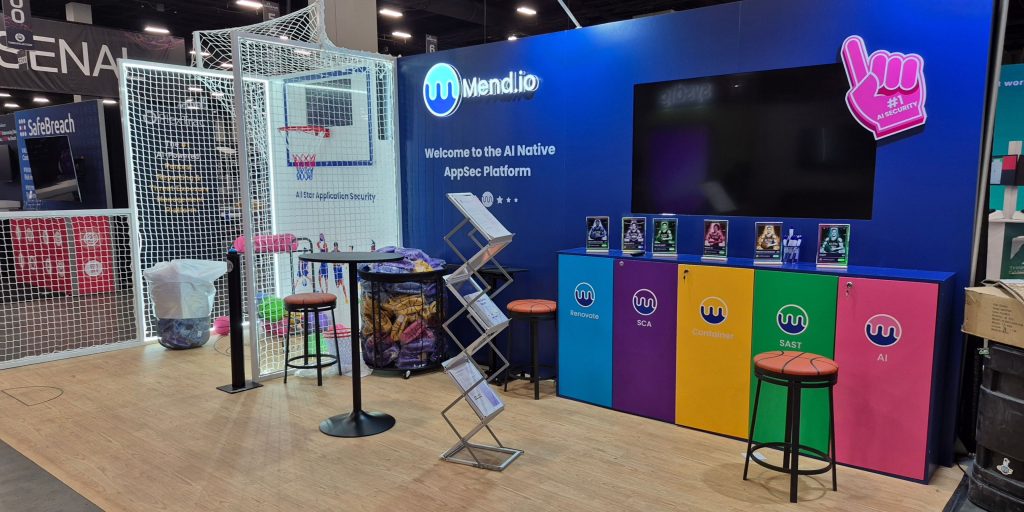When it comes to preparing for your next trade show, one of the most common (and most important) questions you’ll face is – should you rent or buy a trade show booth?
This decision can significantly impact your budget, marketing flexibility, and long-term ROI. Whether you’re a first-time exhibitor or a seasoned brand with a full event calendar, understanding the costs, benefits, and long-term implications of booth ownership vs. rental can save you thousands of dollars and position your company for success on the show floor.
In this comprehensive guide, we’ll explore everything you need to know to make an informed decision – from pricing comparisons and logistics to design flexibility and ROI analysis.
At its core, the difference between renting and buying comes down to ownership and customization.
Each option comes with unique benefits, responsibilities, and financial implications.

Trade show participation often represents a significant portion of a company’s annual marketing spend. Choosing the wrong option can lead to wasted budget, logistical headaches, or brand inconsistency.
That’s why a careful trade show booth rental vs. purchase analysis helps balance cost, flexibility, and brand impact — three critical factors in trade show success.
Renting is ideal for companies that need flexibility, want to test new booth designs, or participate in trade shows occasionally.
Top advantages include:
You should consider exhibit booth rental packages if:
| Booth Size | Typical Rental Cost | Best For |
|---|---|---|
| 10×10 | $3,000 – $5,000 | Small businesses, startups |
| 10×20 | $5,000 – $9,000 | Mid-sized exhibitors |
| 20×20 | $9,000 – $15,000+ | Established brands |
| Custom Modular | $12,000 – $25,000+ | Companies needing flexible design |
Purchasing a booth gives your brand complete creative control and long-term value. You own a durable, reusable asset that reflects your brand identity at every show.
Advantages of buying:
With proper maintenance and occasional graphic updates, a custom trade show booth can last 5–7 years or longer. Modular components can be replaced or expanded, making it a versatile long-term investment.
Owning a booth does come with ongoing responsibilities:
Still, for companies attending 6+ shows per year, ownership typically pays off after 2–3 years.
Renting minimizes upfront expenses but may cost more over time if you exhibit regularly. Buying requires a higher initial investment but delivers greater ROI through repeated use.
For instance:

| Factor | Rent | Buy |
|---|---|---|
| Upfront Cost | Low | High |
| Flexibility | High | Medium |
| Customization | Medium | Very High |
| Maintenance | None | Required |
| Storage | None | Required |
| Long-Term ROI | Medium | High |
| Best For | New or infrequent exhibitors | Established, frequent exhibitors |
Renting minimizes upfront expenses but may cost more over time if you exhibit regularly. Buying requires a higher initial investment but delivers greater ROI through repeated use.
For instance:
Renting a 20×20 booth at $12,000 for 5 shows = $60,000 total.
Buying a custom booth for $35,000 and reusing it = $25,000 savings after just a few events.
| Booth Size | Rent Cost (Per Show) | Buy Cost (One-Time) | Payoff Point |
|---|---|---|---|
| 10×10 | $4,000 | $8,000 | 2 shows |
| 10×20 | $7,500 | $18,000 | 3 shows |
| 20×20 | $12,000 | $35,000 | 3 shows |
Many exhibitors now use a hybrid model:

✅ Rent if you:
✅ Buy if you:
For most businesses, a hybrid approach — renting initially, then transitioning to ownership — offers the ideal balance of flexibility and ROI.
Your exhibit is more than a structure, it’s a marketing engine that drives brand awareness and lead generation. Don’t leave its impact to chance.
Ready to find out whether renting or buying will deliver the best ROI for your brand?
Book a free consultation with our trade show experts today →